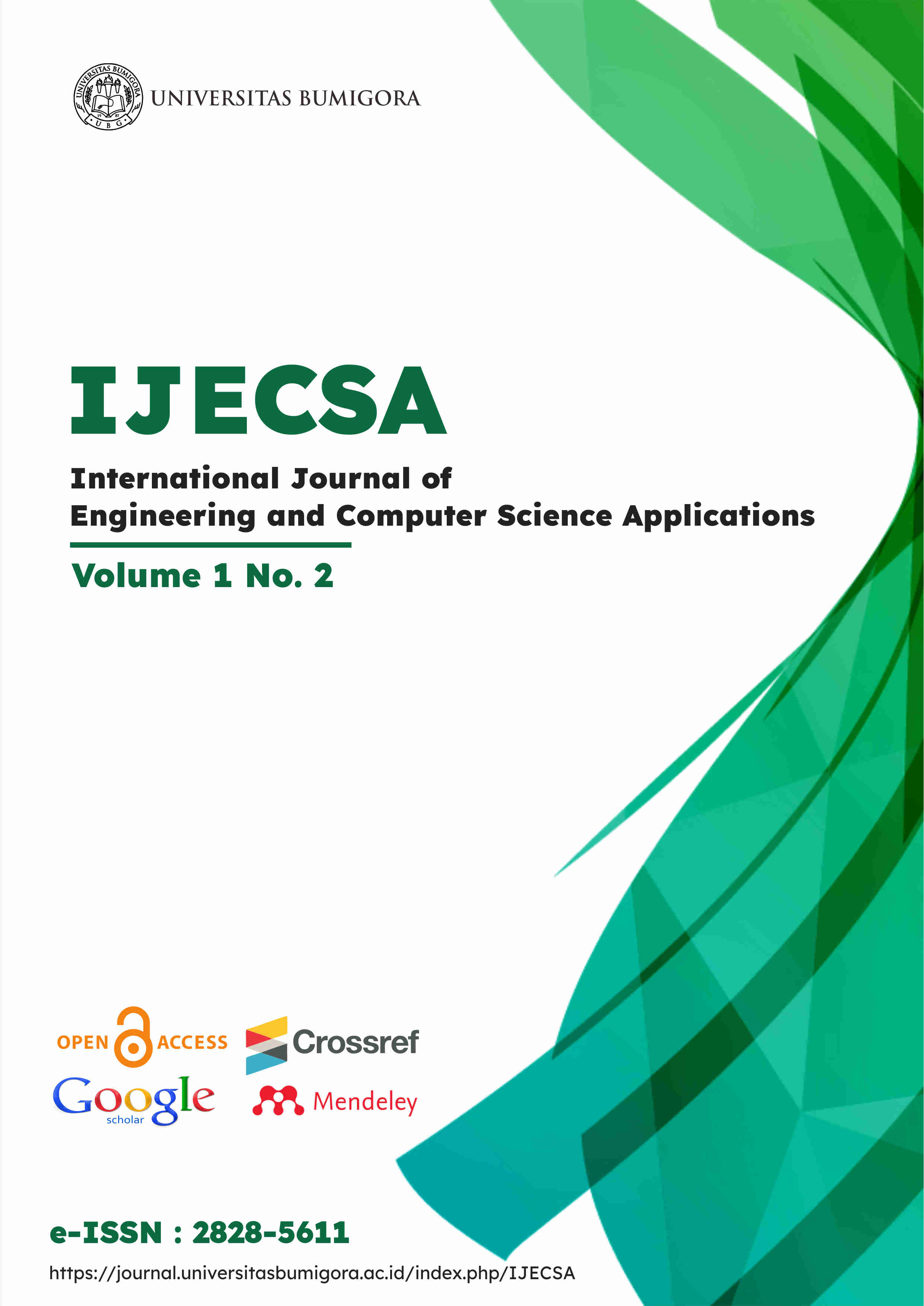Bandwith Optimization on Hotspot using PCQ Method And L2tp VPN Routing for Online Game Latency
Abstract
VPN L2TP (Layer 2 Tunneling Protocol) is available on one of the services at Mikrotik. L2TP is a development of PPTP and a combination of L2F. The network security protocol and encryption used for authentication is the same as PPTP. However, to communicate, L2TP requires UDP port 1701 so that the security is better, L2TP is connected to IPSec to L2TP/IPSec. An example of its use is for the Windows operating system, which by default the Windows OS uses L2TP/IPSec. However, the consequences in terms of configuration are not as simple as PPTP. The client side must also support IPSec when implementing L2TP/IPSec. In terms of encryption, of course, encryption on L2TP/IPSec has a higher level of security than PPTP which uses MPPE. Traffic passing through the L2TP tunnel will experience overhead. The L2TP protocol is more firewall friendly than other types of VPNs such as PPTP. This is a big advantage if using this protocol, because most firewalls do not support GRE. However, L2TP does not have encryption, so it requires additional services to support higher security. So the author concludes that it will be easier to configure with online games. Online game is a type of computer game that is currently growing and requires a computer network . The networks that are usually used are internet networks or internet wifi and the like and always use current technology, such as modems and cable connections. Therefore, internet service providers (ISPs) must provide stable and fast internet quality. Bandwidth Needs Online games must be supported by an internet network that supports the speed and stability of the internet connection, especially the stability of the latency of the online game itself
References
[2] S. Dan, I. Pada, and J. Vpn, “Perwakilan Dan Kependudukan Keluarga Berencana Nasional ( Bkkbn ) Pekanbaru Universitas Islam Riau,” 2022.
[3] H. Fahmi, “Analisis Qos (Quality of Service) Pengukuran Delay, Jitter, Packet Lost Dan Throughput Untuk Mendapatkan Kualitas Kerja Radio Streaming Yang Baik,” Jurnal Teknologi Informasi dan Komunikasi, vol. 7, no. 2, pp. 98–105, 2018.
[4] I. P. Hariyadi and K. Marzuki, “Implementation Of Configuration Management Virtual Private Server Using Ansible,” MATRIK : Jurnal Manajemen, Teknik Informatika dan Rekayasa Komputer, vol. 19, no. 2, pp. 347–357, 2020, doi: 10.30812/matrik.v19i2.724.
[5] S. Ikhwan and A. Amalina, “Analisis Jaringan VPN Menggunakan PPTP dan L2TP (Studi Kasus : Dinhubkominfo Kabupaten Banyumas),” Jurnal Infotel, vol. 9, no. 3, pp. 265–270, 2017.
[6] K. Marzuki, R. Azhar, and M. Mubiatma, “Otomatisasi Manajemen Konfigurasi Vlan Intervlan dan Dhcp Server pada Cisco menggunakan Ansible,” JIRE (Jurnal Informatika & Rekayasa Elektronika), vol. 4, no. 2, pp. 171–180, 2021.
[7] P. R. Utami, “Analisis Perbandingan Quality of Service Jaringan Internet Berbasis Wireless Pada Layanan Internet Service Provider (Isp) Indihome Dan First Media,” Jurnal Ilmiah Teknologi dan Rekayasa, vol. 25, no. 2, pp. 125–137, 2020, doi: 10.35760/tr.2020.v25i2.2723.
[8] R. Wulandari, “Analisis QoS (quality of service) pada Jaringan Internet (Studi Kasus : Upt Loka Uji Teknik Penambangan Jampang Kulon – LIPI),” Jurnal Teknik Informatika dan Sistem Informasi, vol. 2, no. 2, pp. 162–172, 2016, doi: 10.28932/jutisi.v2i2.454.












